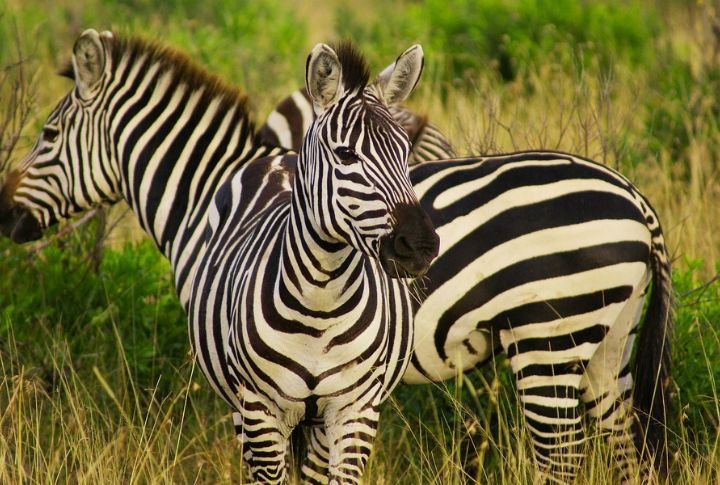
You’ve probably seen a horse grazing in a field and a zebra galloping across a savanna, yet their differences run far deeper than location. Evolution took them down opposite roads, shaping their instincts, features, and social lives. Keep reading to see how nature wrote two very different blueprints.
Stripes Serve As Camouflage And Identification

Zebra’s patterns of black and white aren’t just for looks—they help confuse predators and ward off biting flies. No two individuals share the same stripe arrangement, which doubles as a visual ID system. Unlike horses, they don’t need solid coats to stay recognizable in a group.
Vocalizations Include Unique Barking Sounds
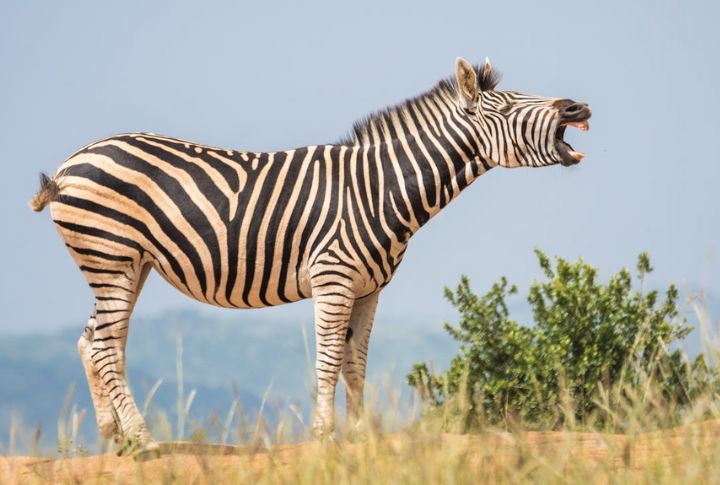
Few expect a bark from an equine, but some species emit piercing yaps to alert their herd. These calls differ dramatically from neighs or whinnies. The horse, on the other hand, lacks this trait, relying instead on whickers and body language to get the message across in familiar settings.
Digestive Systems Adapted For Tougher Diets

Zebras handle roughage like champs, thanks to digestive systems built for tough living. Unlike horses, they thrive on coarse grasses and fibrous plants that other grazers ignore. Their longer colon and efficient hindgut fermentation let them squeeze nutrients from dry, thorny vegetation scattered across harsh, arid landscapes.
Social Structures Centered Around Harems
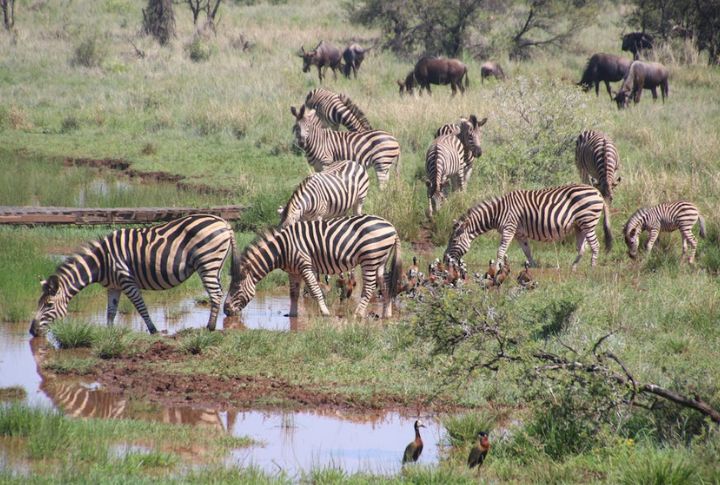
Zebras organize their social lives around tightly bonded harems, led by a single dominant male and made up of females with their young. This stable zebra structure offers better defense against predators and helps maintain strong bloodlines across generations. Horses, by contrast, often form looser, shifting bands.
Resistance To Domestication Due To Temperament
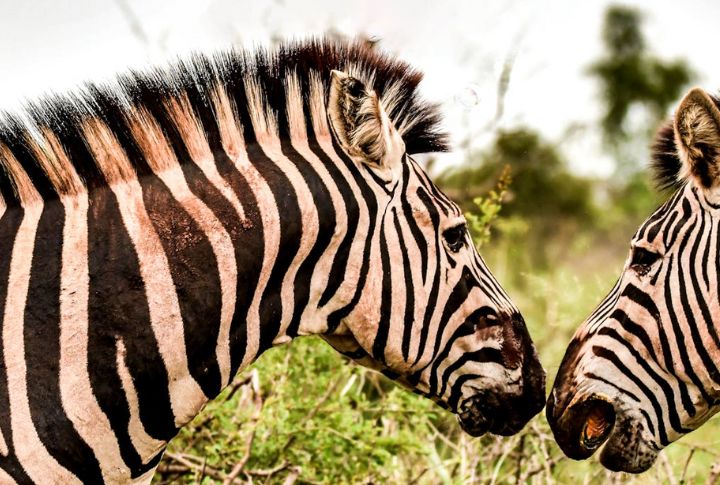
Why haven’t they joined the ranks of riding animals? Decades of attempts have met fierce resistance. Contrary to their more agreeable counterparts, Zebras bite, kick, and bolt under stress. Their survival instincts are finely tuned and not easily reshaped by human training or selective breeding programs.
Lifespans Shorter In Captivity
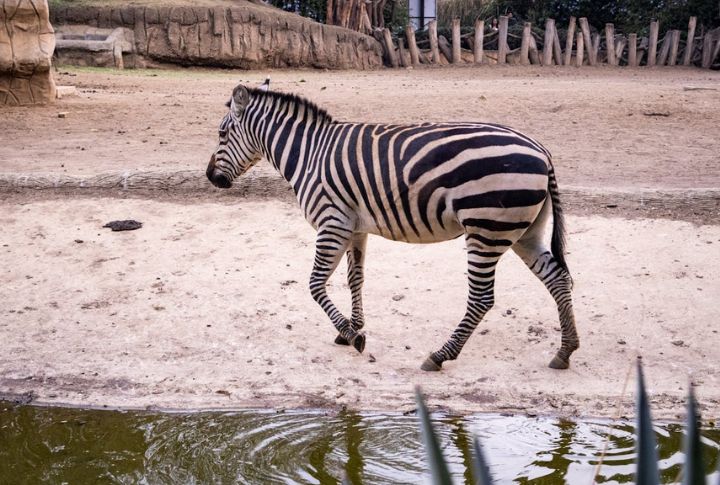
In managed environments, a zebra’s average lifespan drops to around 20 to 25 years, especially for species less suited to captivity. Horses, being more domesticated, often live longer, sometimes reaching 30. For zebras, stress, limited adaptability, and a strong instinct for freedom tend to shorten their time in human care.
Speed Differences Influenced By Evolution
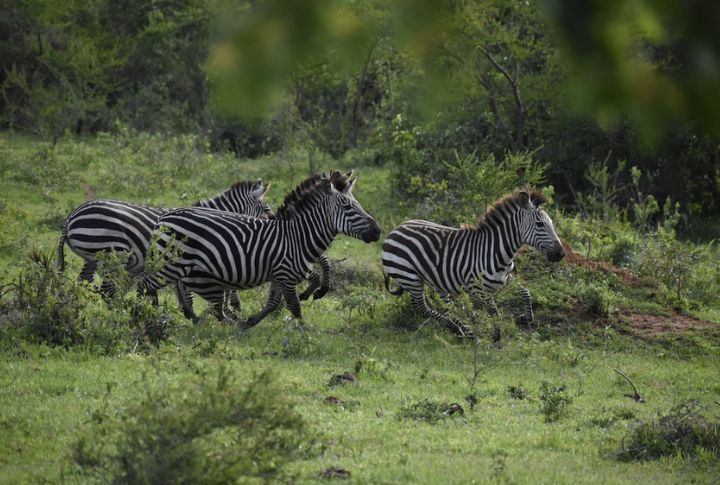
Horses, especially those bred for racing, can hit speeds over 50 mph in powerful straight-line sprints. Zebras, built for survival rather than speed records, top out around 40 mph. Their strength lies in stamina and sharp turns, evolved to dodge predators rather than win races.
Mating Rituals Involve Elaborate Displays
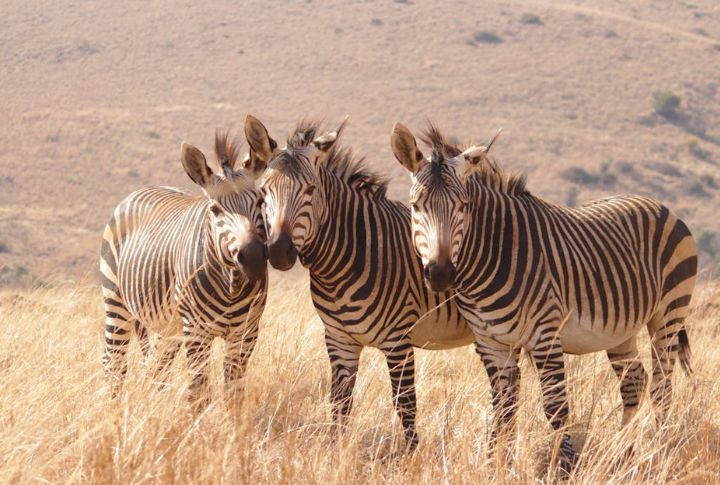
Dominance and high-pitched calls shape the mating season of Zebras. These rituals reinforce social bonds and hierarchy. In contrast, courtship among domesticated counterparts tends to skip theatrics, shaped more by breeding practices than wild instinct. Drama plays a big role in the savanna.
Hoof Structures Suited For Rugged Terrain
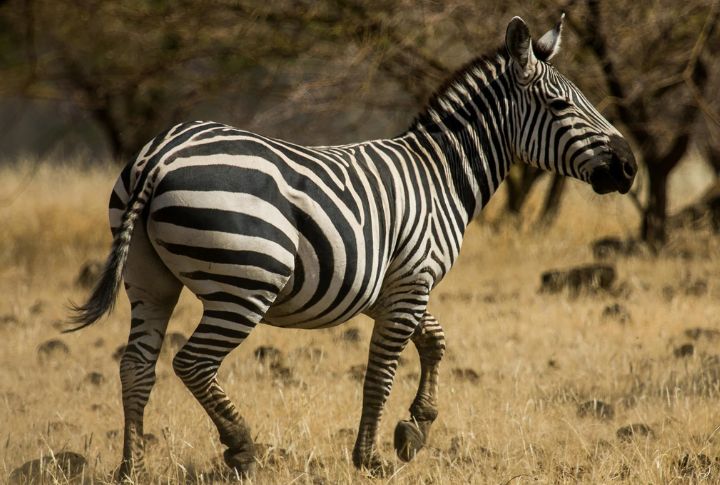
Horses have broad, smooth hooves that match the soft ground of pastures and maintained trails. However, Zebras developed tougher, more compact hooves shaped by years of navigating rocky paths and rough soil. The environment they roam calls for durability, giving their feet an edge in harsher conditions.
Natural Range Limited To Africa
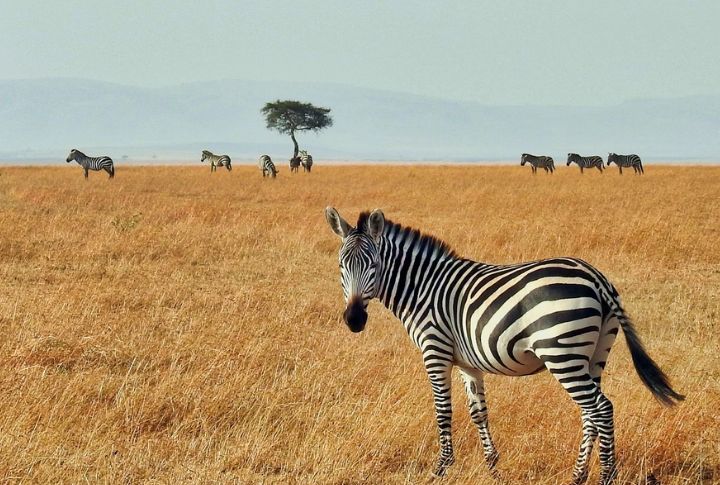
Horses have spread across continents—thriving in North America, Europe, and Asia—but wild zebras remain rooted in sub-Saharan Africa. They move through grassy plains, woodlands, and high plateaus. This limited range influences everything from their behavior to their build, setting them apart from their more widely distributed relatives.

